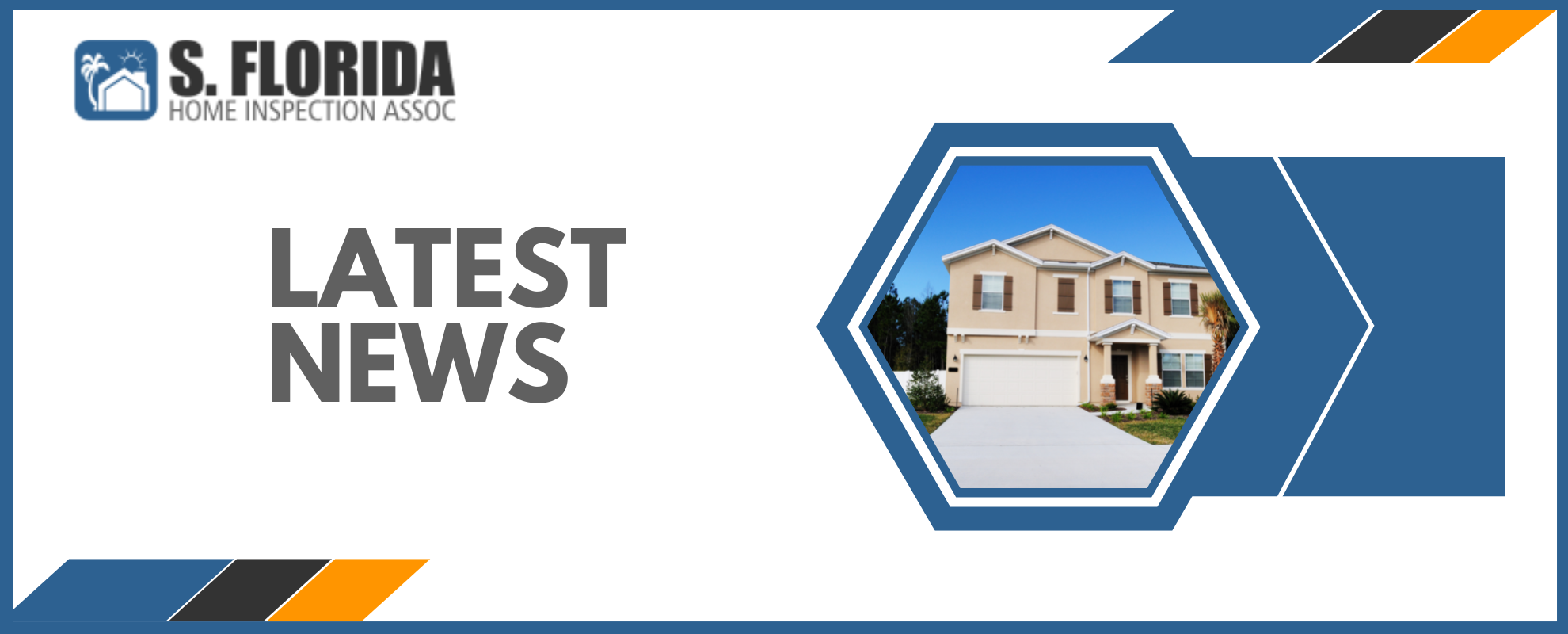 Homeowners insurance safeguards your home and possessions against damage, theft, fire, wind and liability. A home inspection provides both you and your insurance provider with an idea of the home’s health. Your insurance provider uses the inspection report as a tool in assessing risk, a vital part of developing your insurance policy. You can also use the report as a tool in prioritizing any necessary home repairs, if any issues are found.
Homeowners insurance safeguards your home and possessions against damage, theft, fire, wind and liability. A home inspection provides both you and your insurance provider with an idea of the home’s health. Your insurance provider uses the inspection report as a tool in assessing risk, a vital part of developing your insurance policy. You can also use the report as a tool in prioritizing any necessary home repairs, if any issues are found.
A Home Insurance Inspection is Different from Regular Home Inspections
A regular home inspection is done with reference to the marketability of the home. A home insurance inspection is a limited inspection that only covers the specific points insurance carriers are concerned with. It does not provide any information on its condition for selling or buying, nor does it guarantee insurability.
Replacement Cost
Your insurer is liable to pay for the losses caused by hurricanes, theft or fire as specified in the policy. In case the home is totally destroyed, the insurer has to pay for rebuilding the house. This cost can be remarkably different from the market value of the home. The report helps the insurance carrier to assess any existing risks for damage within the house, and thus mitigate their potential outlay.
4 Systems that are Covered in the Insurance Inspection
While insurance companies do not provide specific instructions on what to look for in this type of home inspection, there are 4 key areas that experience has shown they care about:
- The roof
- The electrical system
- Plumbing and heating systems
- Ventilation and air conditioning (HVAC) systems
What the Home Inspector will look at in an Insurance Home Inspection
The home inspector will take note of the age and type of system in each of the four areas listed above. They will inspect essential parts and overall condition of the system. They will also take a look at whether or not the system has been updated to meet more current standards.
Proper Maintenance is the Key to Pass Home Insurance Inspection
This inspection can give you an idea of possible areas you need to update and/or repair in order to rectify any disqualifying areas. If insurance is denied, or severely limited, or overly expensive, you can request from the insurance carrier’s underwriter any actions that you might be able to take to improve or obtain a suitable insurance policy.
We offer a variety of home inspections. For further information on how we can help you, please call us at (561) 818-5593 or fill out our online form.
Resources:
“Home Buyers Insurance Checklist.” 2016. Accessed August 5, 2016. http://www.iii.org/article/home-buyers-insurance-checklist.
Insurance. “System-Page-Title.” Accessed August 5, 2016. http://www.tdi.texas.gov/pubs/consumer/cb025.html.Accessed August 5, 2016. https://www.michigan.gov/documents/cis_ofis_03homegd_74854_7.pdf.
Accessed August 5, 2016. http://www.mass.gov/ocabr/docs/doi/consumer/homeowners-guide.pdf.
Hungelmann, Jack. “Why Do I Need A Home Insurance Inspection?” 2016. Accessed August 5, 2016. http://www.bankrate.com/finance/insurance/why-do-i-need-home-insurance-inspection.aspx





